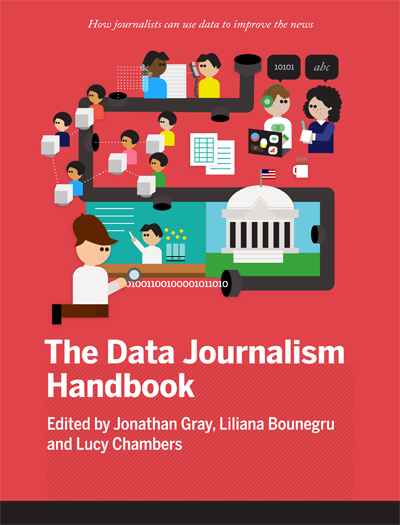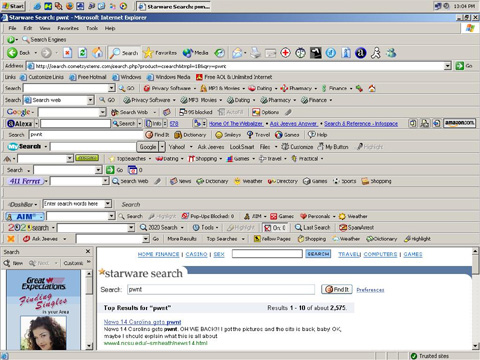The Bhutanese newspaper has been presenting front-page articles on the Rupee crunch, presenting different figures to tell a story. They are to be commended for using charts to present the data. Yet, there is much to be desired in terms of the choice of charts. Yesterday's front-page article "
How private consumption and credit caused the Rupee crisis" featured the following chart for showing the different sources of private consumption Rupee usage:
 |
| From www.thebhutanese.bt (May 12, 2012 issue) |
In an
earlier post, we discussed why pie charts are ineffective for presenting data. We also showed that a bar chart is a much better tool for presenting counts and percentages. This particular pie chart suffers from an additional ailment: it uses 3D. In other words, instead of thin pizza slices we're looking at thick cake slices! While this might build up an appetite, note that the extra dimension does not represent any information. Even worse, it distorts our perception of size. You can see this by trying to figure out
which consumption item contributes the most? While the purple slice in the front looks largest, it in fact represents the second largest item! (can you find the first?). If an important decision (such as a ban) would be made based on this misperception, it would be quite tragic.
Other questions are also difficult and time-consuming to answer with a pie chart. For example:
- Which consumption item contributes the least?
- How much does Transport contribute? How does this compare to Clothing & Footwear?
Now let's look at an effective chart for conveying the same information. It is not fancy or colorful, but it doesn't require much thinking as the facts just "pop out":
 |
| Sources of private consumption and credit |
We see that the first two items are similar in their contributions and high compared to the others, then a drop to 10% for Clothing & Footwear, and lastly the other items contribute between 2%-6% each, with Alcoholic Beverages, Tobacco & Narcotics contributing the least.
The bottom line: forget pie charts and forget 3D. Counts and percentages are always best to convey with simple bar charts (you can find a few more examples on
this page -- click on a pie chart to see a better bar chart alternative).
Using charts in the media is very important. It catches the reader's eye and can help summarize the story in one look ("a picture is worth a thousand words"). However, it is crucial that chart creators acquire the basic knowledge in creating effective charts. It's not rocket science, yet it makes a huge difference.






